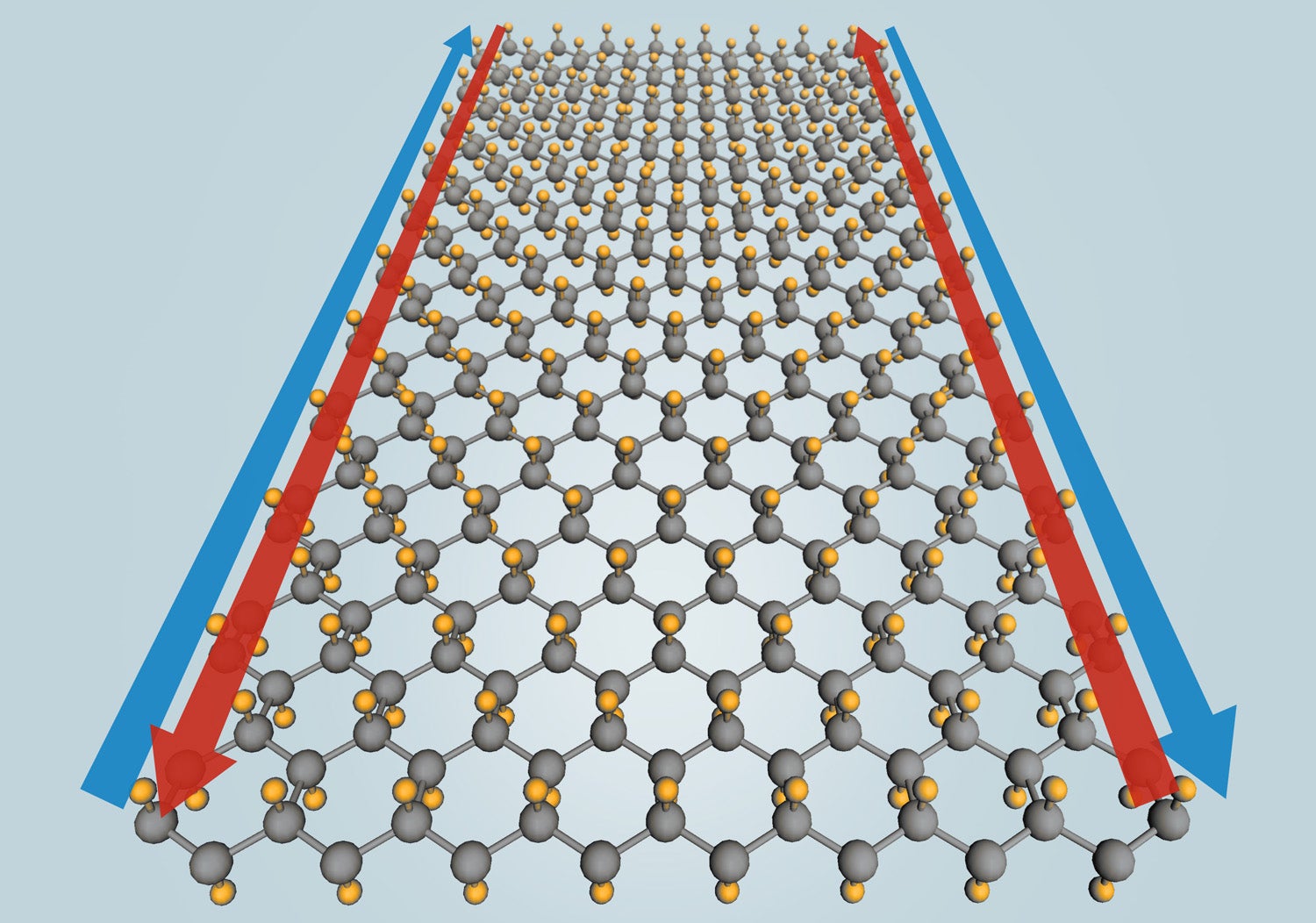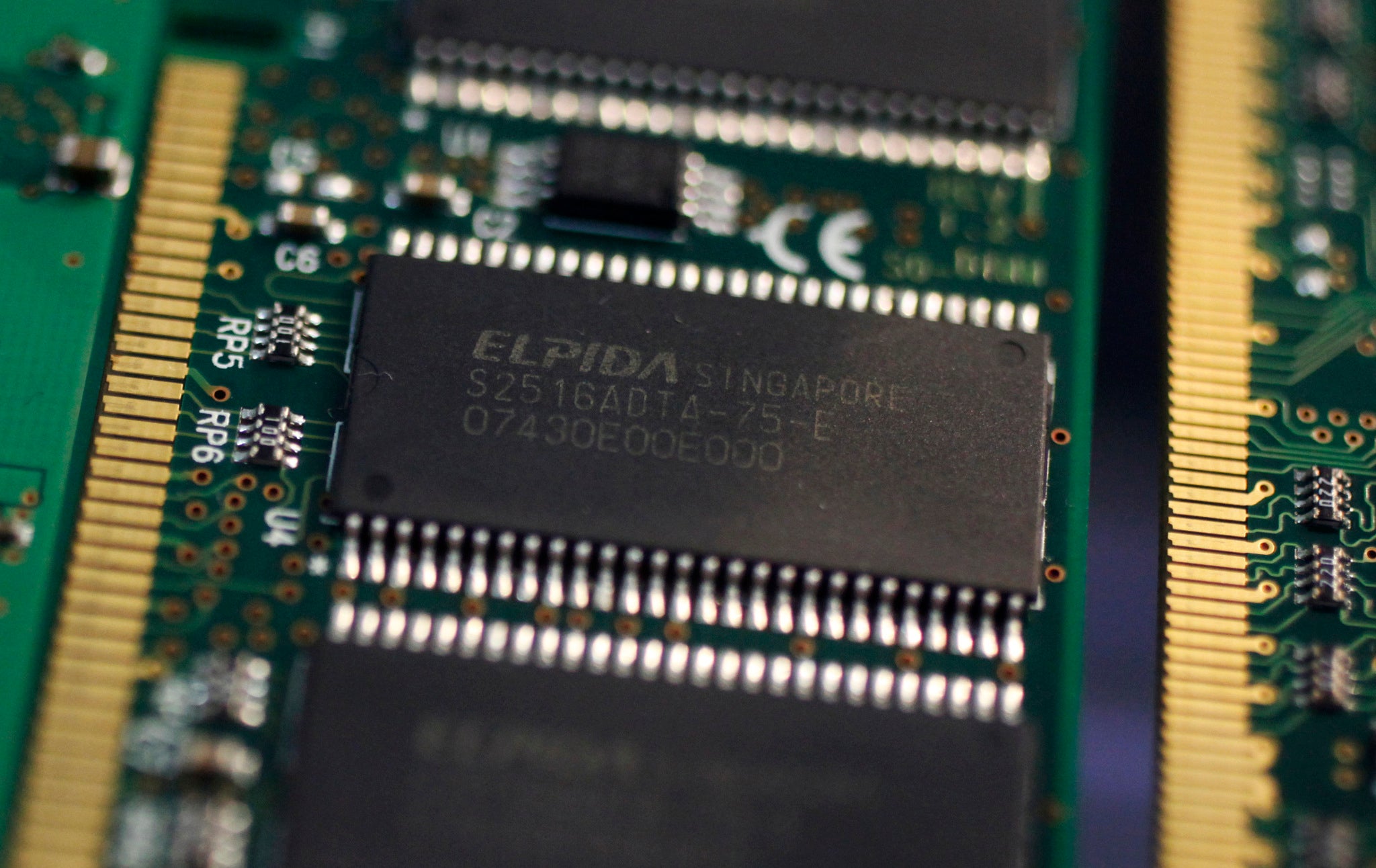New wonder material 'stanene' could replace graphene with 100% electrical conductivity
Even copper's high electrical conductivity is beginning to hold back computers as scientists push the material to its limits

Your support helps us to tell the story
From reproductive rights to climate change to Big Tech, The Independent is on the ground when the story is developing. Whether it's investigating the financials of Elon Musk's pro-Trump PAC or producing our latest documentary, 'The A Word', which shines a light on the American women fighting for reproductive rights, we know how important it is to parse out the facts from the messaging.
At such a critical moment in US history, we need reporters on the ground. Your donation allows us to keep sending journalists to speak to both sides of the story.
The Independent is trusted by Americans across the entire political spectrum. And unlike many other quality news outlets, we choose not to lock Americans out of our reporting and analysis with paywalls. We believe quality journalism should be available to everyone, paid for by those who can afford it.
Your support makes all the difference.A new material made from a single layer of tin atoms could make history by becoming the world’s first electrical conductor to work at 100 per cent efficiency. This would make it even more conductive than 'wonder material' graphene.
The new material has not yet been fabricated but has been christened “stanene”, a combination of the Latin word for tin (stannum) and the suffix found in the word graphene.
Click here to find out more about the possibilities of graphene
Stanene was discovered by researchers from the US Department of Energy’s (DOE) SLAC National Accelerator Laboratory and Stanford University and could revolutionize computing by replacing the copper wires still used in modern computer chips.
"Stanene could increase the speed and lower the power needs of future generations of computer chips, if our prediction is confirmed by experiments that are underway in several laboratories around the world," Shoucheng Zhang told Phys.org, a physics professor at Stanford and a team leader on the project.
How could stanene help make faster computers?
Up until now we've relied on copper to relay electricity in various forms, and for good reason. As well as being cheap and ductile (this means it can be easily drawn into strips) copper is also very conductive.
However, modern computer chips deploy the metal on a scale that would be unimaginable to past generations. Technology site Extremetech has noted that in a modern chip the size of your thumbnail there can be up to sixty miles of copper wiring, with some of the strands just atoms thick.
At this point scientists are pushing the limits of the material, channelling so much electricity through it that the material's electrical resistance causes the wires to heats, potentially setting it on fire. If stanene fulfils on scientists’ promises then chips could get smaller and faster without running this risk of overheating.

How does stanene work?
Stanene is what is known as a ‘topological insulator’, meaning its interior is an insulator but it conducts electrons along its surface. By making the material only a single atom thick, the stanene is essentially all surface, allowing it to conduct electricity with 100 per cent efficiency.
"The magic of topological insulators is that by their very nature, they force electrons to move in defined lanes without any speed limit, like the German autobahn," said Zhang. "As long as they're on the freeway – the edges or surfaces – the electrons will travel without resistance."
By adding fluorine atoms to the mix, the scientist claim they can retain this level of efficiency at temperatures of up to 100 degrees Celsius, allowing the material to be used in computers, where processors typically run at temperatures of between 40 and 90 degrees Celsius.
However, there are many obstacles standing between stanene and mainstream use (not limited to the difficulties of manufacturing one-atom thick wires on an industrial scale) and without working samples of the material available it is perhaps a little early to get excited.
Join our commenting forum
Join thought-provoking conversations, follow other Independent readers and see their replies
Comments